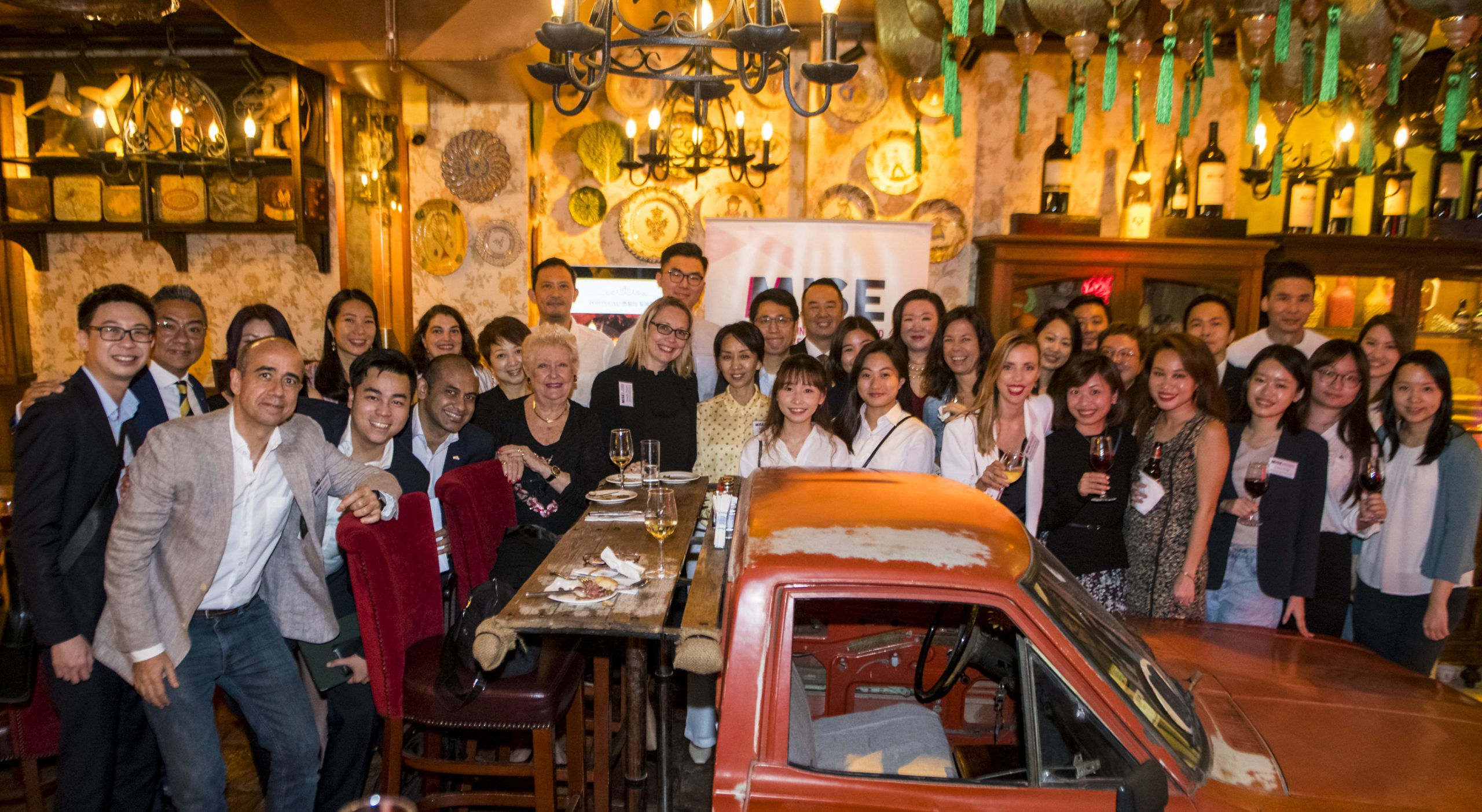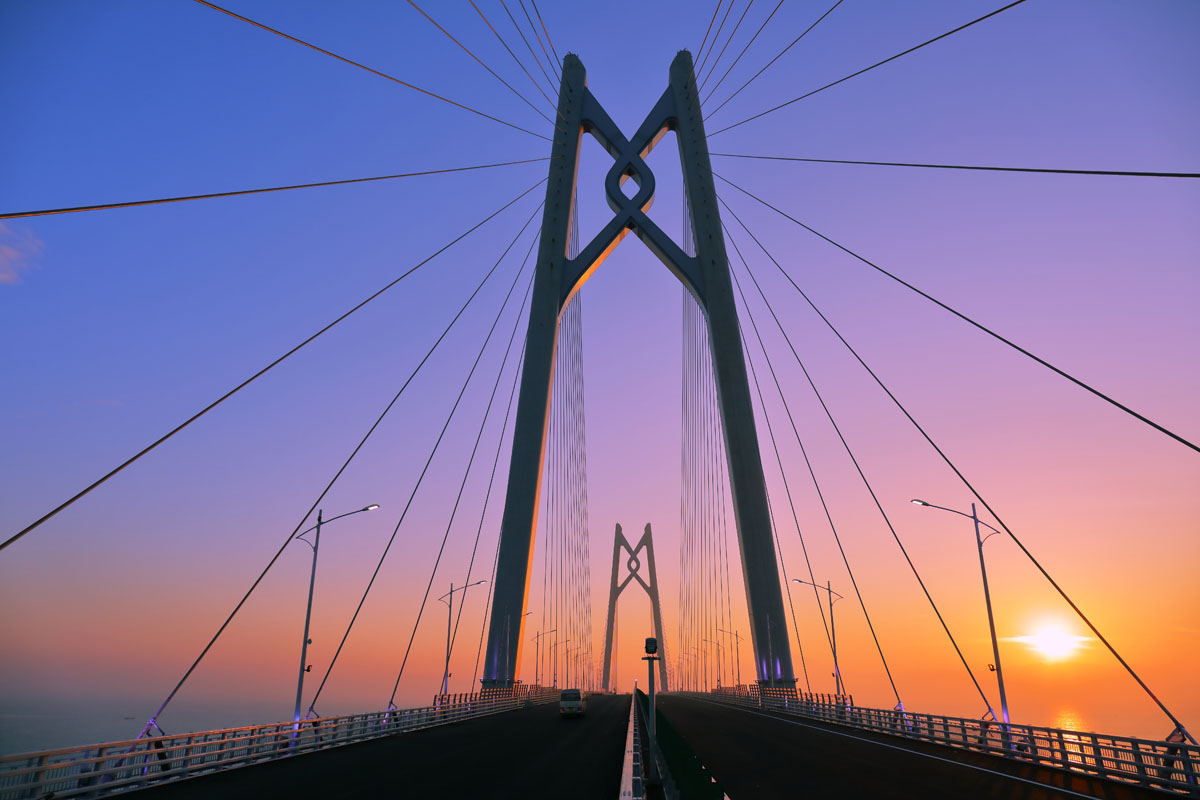Taking on an event of any scale is a major undertaking. From flights to food and accommodation to activities, every aspect of an event seems to take on a life of its own. However, with the right approach, the right planning partner and a clear focus on what the event is designed to achieve, decisions can be made quickly and effectively for a successful and memorable result.
Ostensibly, every company knows why it is holding a function, but Abbie McCrisken, director of Off-Site Connections, explains that there is more to a brief than just a guest list.
“You need to go into [the planning process] with a clear idea of what you want to achieve,” she says, “and getting to the bottom of that can be a challenge. Groups need to ask themselves: Why are we having this – really? Motivation? A new product? Awareness? There could be a financial element, or it could just be for employees.”
Sarah Williamson, creative director at Jack Morton Hong Kong, adds: “If you are working in a company and you aren’t the decision maker, make sure that the decision maker has read the brief and really understands. Too often, people aren’t really sure what the company wants and are too afraid to ask, which leads to situations of disappointment and mis-alignment further down the line.”
All of these elements are key to allowing a planner – whether internal or external – to execute effectively. And certain goals and needs may dictate whether a particular event planner is the right choice. Says Williamson: “The starting point is asking a company like us to do an intro and see for yourself what kind of company we are. We might be strategic and you might not need that. Maybe, we’re decorators and it’s irrelevant for your event.”
Whatever the profile of the company and the event, understanding the attendees and the business goals clearly will go a long way to laying the foundation for success.

SITE INSPECTIONS
When thinking about a venue, hotels and convention centres are obvious choices. But alternative venues like art galleries, old warehouses and even churches provide interesting elements. They also require additional consideration. Clemson Lo of MV Destination Management says with non-standard meeting or event rooms, it is not just about the look and shape of the place, but about the basics: emergency exits, bathrooms, kitchen space, heating and/or air conditioning, ceilings and lighting.
“We are always asking: Where can we put the stage? Where can we hang things? If there are no hanging points in a ballroom, what about the banner for the meeting? We have to think about the backdrop and lighting, the angles so that the people on the stage can be seen… there are a lot of considerations.”
Even in hotels, he says, “if it’s an oval room, it’s just a bad venue. If the sound system isn’t going to support your presentations, this means extra dollars. What if the soundproofing isn’t robust enough? Again, extra dollars.”
Think logically and practically about spaces, Lo says, and consider what it is the event requires, rather than the aesthetics of the bare room.

BUDGETS, SUPPLIERS, LOGISTICS
For most offsite events, travel, hotel accommodation and food and beverage are likely to be the three largest costs, says Frankie Gao, managing director for MCI China. “About 25 percent of an event budget in China is split between entertainment, transportation [on the ground], marketing and communication materials, etc.” If groups are looking to cut costs, “clients will look at the number of participants necessary to attend the event, to lower their hotel accommodation costs.” With food, an accurate estimate of alcohol that will be consumed can bring down costs, as can creative thinking with the caterer about ingredients and meals.
Another consideration for groups is whether to outsource suppliers (anything from set design to AV to logistics providers) or to handle it internally. Working with the venue or allowing an event management company to deal with suppliers may be easier, but in a post-financial crisis world, there are also potential benefits to negotiating on your own.
“Third-party suppliers, for the most part, are hungrier for business and are looking for smarter ways of doing things that provide cost savings,” says Ben Taylor, managing director Asia-Pacific for Jack Morton. Relationship management with suppliers may be easier now than it has been for many years, he notes. From caterers to lighting designers, times have recently been tough, and most are willing to work with groups to establish common goals with a common budget.
Another element to consider is qualification certification. In the US, and in certain countries in Europe, ISO 9001 and OHSAS 18001 certifications denote a company’s adherence to labour practices, health and safety standards, and industry knowledge. In Asia, the first to adopt this was the Kuala Lumpur Convention Centre, which launched a Preferred Supplier Programme in 2008. While this new programme limits the choice that groups have to choose from, it also assures them of the quality of creative and technical services being offered.
BRANDING AND CREATIVITY
With goals in mind, a suitable venue chosen and suppliers awaiting directions, creativity and branding of the event become paramount to success. And this is much more than a name on a banner – companies should look at branding from start to finish to really make an impact.
Off-Site Connection’s McCrisken gives one example: “In Australia, we took a group to Port Douglas by boat. When they arrived, the port was branded with flag signage and we had made it ‘their town’.
“Everything from the town market to the hotel featured the company name, including a ‘Hollywood walk of fame’ on the sidewalk outside.”
This is one example of a sweeping branding effort. However, more subtle elements are equally important. McCrisken says that having a signature cocktail drink for a gala dinner or appropriately coloured napkins is a start. This should be followed up by “emotive elements” as well. Key underlyings that get your message across could be the types of activities, the style of the venue and the types of speakers you invite. She says companies should be asking themselves: “What is our company style? What are those guidelines?”
Equally, creativity can be woven into any type of event. This could include an orchestral performance, an acrobatic act, or a caricature painter at a cocktail event. It could also mean adding a charity element in which children’s artwork is displayed, or inviting a speaker with a different background to liven up the agenda. There are innumerable ways to inject a distinct creative element that helps events to be remembered – the key is making it fit with the objectives of the conference, meeting or event.
From the outline of an event to the full-scale reality, the steps involved are numerous. What Mix’s experts come back to time and time again is remembering why the company is holding the function, what the goals are, what they want people to say, what they want people to remember, and what the event and company should stand for. If every element of the event comes back to these questions, then companies can rest assured that their gathering will go according to plan and ultimately deliver the results they are seeking.
Jump-starting creativity
Tips from Dr Amantha Imber of Inventium to stimulate creative or “out-of-the-box” solutions vital during any meeting or event
• When exposed to the natural environment, people are more relaxed and calm; it helps them think more creatively. We ask clients to opt for a space that has windows with nature views or plants all around. This can really energise people.
• Warm-coloured environments can be a catalyst for creativity because these make us feel happier and send more dopamine to the brain. As such, companies should try and use orange and yellow colours over cooler colours like blue and green when they want people to really be thinking.
•Your average conference room doesn’t usually have a lot of stimuli: a podium, chairs… these are creativity killers. Interesting rooms with fixtures, exposed pipes, pictures, etc, offer distractions for your brain and promote creativity.
• Natural materials are more stimulating to the brain than synthetics. If a venue doesn’t have these, there are cost-effective things to do – use a lot of fabrics: put warm-coloured tablecloths on a table to transform the room quickly; find second-hand toys and place them around tables for people to have fun with and play with in the background; and look for interesting images to enlarge and put on walls that would otherwise be plain.
Eye on the Fundamentals
Ask yourself the following questions before you start to organise your event:
• Why exactly are we having this event? What do we want to achieve?
• Is everyone in the company on the same page about the event?
• Are the planners the right people for the job? Do they fully understand the attendees and the company’s business goals?
• Is the venue suitable in terms of logistics and atmosphere? Have creative alternatives for a venue been considered?
• Do our suppliers offer the most cost-effective package?
• Is our branding creative enough?
• What can we do to make the event memorable?
RETURN ON EVENT
Ben Taylor, managing director for Jack Morton Hong Kong, explains why “ROI” is a misleading term, and how companies should recalibrate their thinking about Return on Event (ROE).
“Imagine there are five key objectives around holding an event – what the desired business outcomes are. For each of those objectives, we can determine which ones are most important. By simply asking carefully crafted questions relating to the objectives, targeting attendees, either before (through an online registration system) or at the start of an event (through paper surveys or digitally through the web), we gain an understanding of their current state of mind or attitude towards these goals.
“Then, simply do the same exercise – carefully re-engineered so it doesn’t feel like we are just asking them the same questions – at the end of the event or in a follow-up communication. Through this, we can gather enough data to measure a shift in perception on the event/campaign – and hey, presto, we have a metric of ROE success!”


